What is a Rake in Poker: Ultimate Guide for Poker Gambling Fans
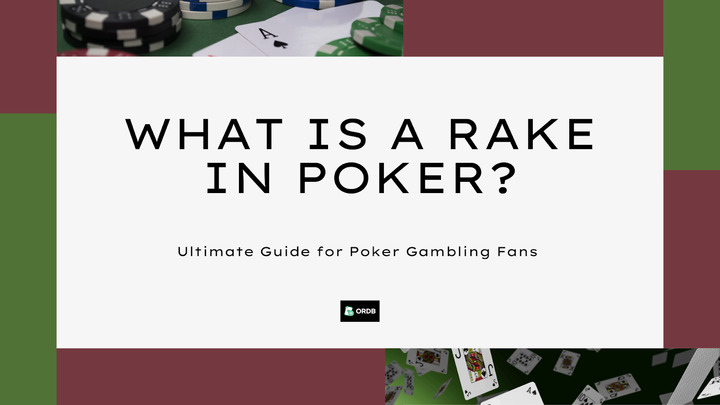
What is Taking a Rake in Poker: All Concepts
What does it mean to take a rake? A poker rake might seem very complicated for a newbie player coming to a casino. However, it’s not that hard. Today, you can get all the details of the rake poker definition, the types of rake in poker, and many other insights essential to growing into a pro!
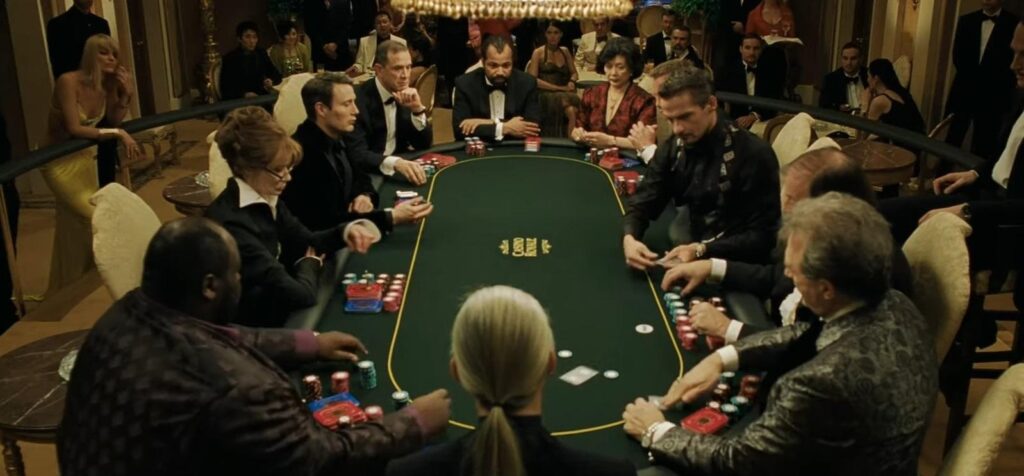
Taking a Rake Definition
What is a rake in poker? The word “rake” comes from a rake tool that removes chips from a poker table. Simply put, a rake in poker means a commission taken by the house to organize the game. As the dealer does not bet against the players in poker, the house does not get any direct income from the competition.
So, what does taking a rake mean? The principle looks extremely simple. In live casinos, the rake generates revenue and covers expenses like staff salary and business maintenance. However, the significance of taking a rake is much bigger than it might seem at first glance.
Significance of Rake in Poker
Poker newcomers usually do not realize how a hidden fee can affect the game. However, gamblers can calculate the rake in different ways. Various rake conditions open the door to manipulate the game process or the gamblers’ emotions — and increase the house revenue. Poker experts always check rake calculation methods and can use them to their advantage.
Rake Calculation Methods
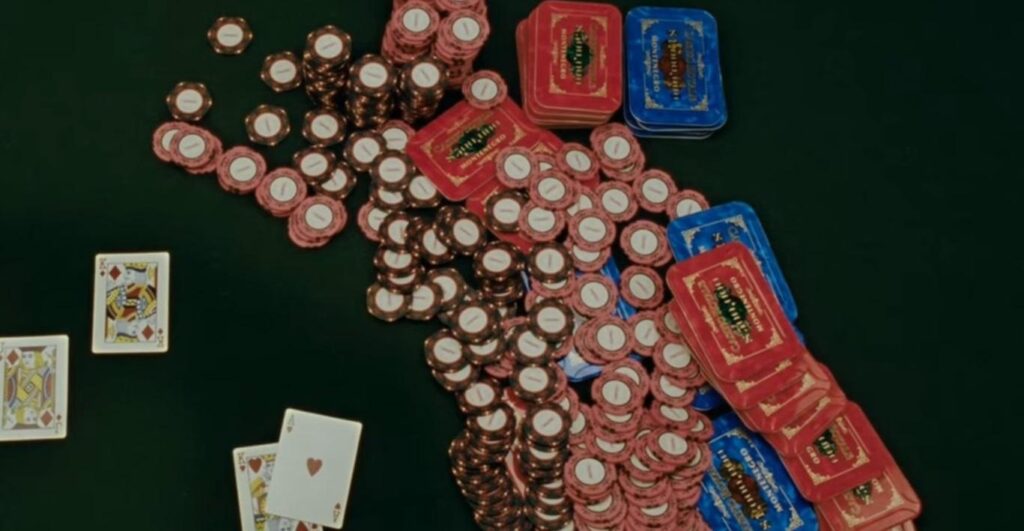
Let’s see what it means to take a rake in poker in various ways. There are many options of how a casino can take a rake in a poker game. Let’s look at the top popular ones.
Pot rake
Pot rake is the most common and obvious way for the house to take a commission. The rake amount is a percentage of the pot. The average percentage is from 2% to 10%. Most casinos set a threshold of the maximum rake.
Usually, a live casino dealer calculates the pot rake at the end of a session and removes the relevant chips to the drop-box using a special rake tool. For example, there is $500 in a pot, the rake is 10%, and the house rake limit is $30. In this case, the fee could be 50$, but it is 30$ according to the limit conditions. Online casinos take the fee automatically.
Fixed rake
The simplest way of taking a rake in poker is a fixed fee. All the players pay a fixed amount to get permission to play at the table. This method is rarely used in formal sessions because it makes the game less variable and does not stimulate the gamblers to raise. However, fixed fees are essential for high-stakes sessions. When the bank is enormous, even a tiny percentage of it taken as rake might drive players mad.
Dead drop
A dead drop rake resembles a fixed rake in gambling. Before a new hand starts, a player with a button pays a fixed amount of money to the dealer. On the next hand, another player pays a fee. Some players find this method disturbing because it distracts participants from the game.
No flop, no drop
Some certain rake types mean contribution before the beginning of the hand. A diminished amount of money is less stimulating for players and provokes them to fold more often. Some casinos prefer not to charge fees before dealing the flop. Gamblers call it no flop, no drop rake.
Timed rake
This method is convenient to charge fees for raked poker games with a long duration that go session by session continuously. Each player should pay the fee at specifically defined periods. The most common period used lasts for half an hour.
A timed rake is convenient for long-live games, where players change constantly. A player can join the session and leave the table after one hand while another can play for hours. Both of them will pay a fair price for casino service.
Still, timed-rake is not popular in online poker games. The players can choose a room with a preferred duration and other conditions.
Tournament fee
A tournament fee is most commonly included in buy-in. It means a participant pays a fixed percentage of the buy-in to enter the competition. Casinos can charge tournament fees but do not exceed 20% in practice.
What Is a Rakeback
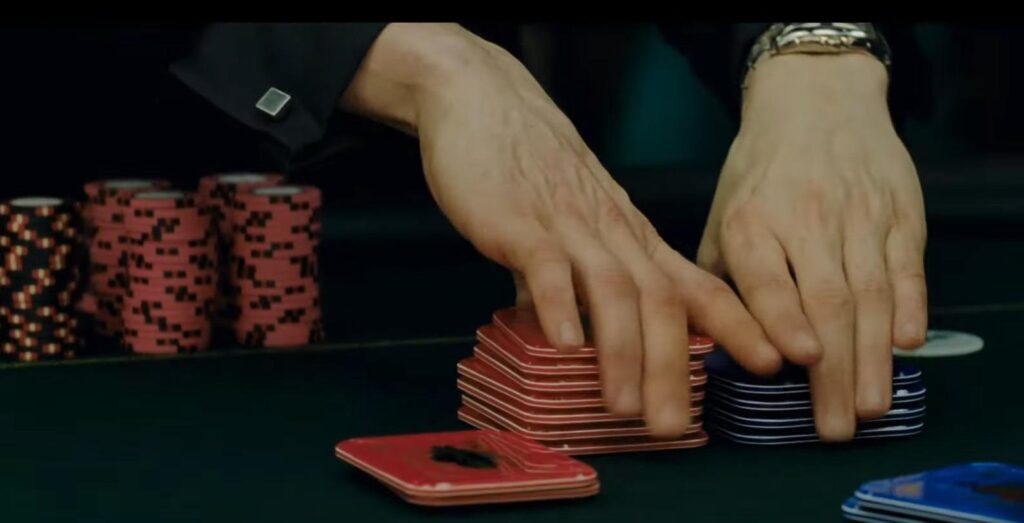
Every experienced online gambler has undoubtedly heard about Rakeback. Rakeback is an online-casino feature intended to encourage and reward its clients. So, what is it?
Rakeback is a certain rake proportion refunded to some players. The conditions of getting Rakeback may differ. Since it is easier to calculate a reward in a computer game, the best gambling sites use complex and sometimes unique ways of calculation. For example, some casinos reward the most aggressive players. The others, on the contrary, try to attract newcomers.
The Rakeback is a part of the pure rake amount divided between certain players or loyalty points earned by players during game sessions.
Types of a Rakeback
Dealt
In this case, the Rakeback is identical for all participants. For example, in a 6-handed poker session, a rake is $3. So, every player can claim a $0.5 Rakeback. That method of calculating gives an advantage to the tight players. So, a nit can fold at pre-flop constantly, not giving a single chip to the pot. Ultimately, this player will get a Rakeback like all other players.
Dealt Rakeback is the most transparent scheme! It allows new players to focus on the game without worrying about Rakeback distribution. However, it is sometimes used as a promotion to attract new players. Today only a few casinos support dealt Rakeback.
Contributed
The contributed system is fairer, but it is also a bit outdated. A Rakeback here is for the players who invested money in the pot after the flop round. This model cuts off passive players, preventing them from getting a reward.
In the end, the Rakeback is divided equally among those active players. Nevertheless, it is still not enough to stimulate the players to compete. Thus, pride of place belongs now to a weight-contributed system.
Weight-contributed
Weight-contributed system rewards players with the biggest contributions. The players who wager more may get a vaster Rakeback compared to more passive players. For example, one player wagers $20 (40% of the pot), and another wagers $30 (60% of the pot) with a total rake of $5. In the end, the first player will get 40% of $5 which is $2, and the second will get $3. This system is most commonly used to encourage players to wager more. This feature slightly amplifies emotions at the table and makes a game more variable. Also, this system makes all the players think about the Rakeback impact on other participants playing styles.
Other Online Rakeback Calculation Methods
Online gambling allows web platforms to use computers for complex calculations. Gambling companies improve and complicate game indicators to manage the game process in the way they want. Rake is also a powerful tool to affect the target audience and get the desired result.
SBR (Source Based Rake)
The IPoker network invented SBR to encourage fish players and attract new gamblers. This calculation method divides Rakeback into two equal parts.
Here is how it works. The 50% is calculated like in the weight-contributed system. Another 50% is distributed between low-skilled players in the first place.
The thing is that ‘fishes’ wager their own deposited money more often than skilled players. Pro pokerists prefer playing with the money they have won from other players. The system detects depositing players and pays them first.
PVI (Player Value Index)
PVI index is a coefficient that has a direct impact on a Rakeback. The PVI-based rake has the same meaning as SBR. The difference is that PVI provides more obvious advantages to low-skilled players than SBR.
Winner players get a low index while loser players get a high index. For example, a winner gets a 0.2 PVI, a loser gets 0.8 PVI, and each has a rake of $10. The first player will get a $2 Rakeback and the second $8 Rakeback.
Loser contribution
Some houses went even further to attract new inexperienced players. They pay all the Rakeback to the player with the lowest score. Of course, pro-players avoid poker rooms with loser contribution conditions. So, such rooms are more suitable for gamblers who want to improve their skill — or have fun and a pleasant bonus.
Essence
The Bwin Party network introduced the Essence Rakeback type. It is a pretty complex system that considers many factors to distribute Rakeback.
So, the system evaluates a player’s gaming style, connections, and overall activity in the rooms. The point is to determine a player’s value to the website — and award the most valuable ones.
This system underwent criticism because it is not fully transparent for players. It is not always obvious how exactly you can earn your loyalty points. The Essence-based poker game rake rooms attracted the highest number of casual players. So, this system supports fish in the first place.
Rake Impact
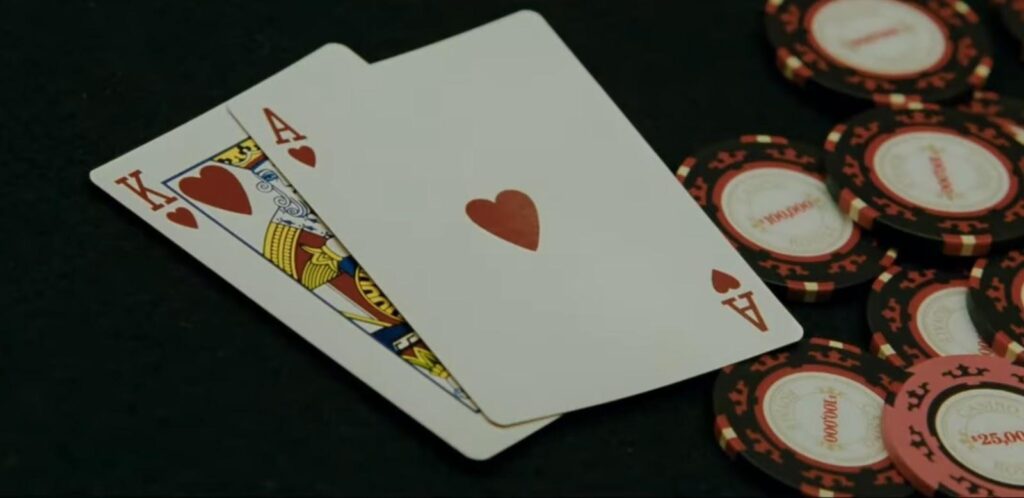
So what is taking a rake in poker mean for players? Newcomers usually set aside the impact of rake in-game process. So, they typically choose poker rooms with the most transparent rake and Rakeback schemes. At the same time, high rollers are very picky when it comes to the raked game conditions. The more gambler plays, the more money must go for fees.
Victories and defeats follow each other, forming a win-rate line. Ultimately, dealer commission can spoil the average positive win rate. To avoid this nuisance, professionals select the Rakeback scheme most suitable for their playing style. A tight player prefers a dealt Rakeback, while loose players prefer a weight-contributed system. Some experienced players avoid any loser contribution-like systems. The other professionals, on the contrary, like places full of fish.
Reducing Rake Impact
Select a poker room wisely!
Find lists of top gambling sites and read their terms carefully, especially if you wager cryptocurrency. Study the house conditions before entering a poker room. Choose a website with the lowest rake or a platform with a Rakeback most suitable for your gambling style.
Avoid games with high rake cups!
A typical rake amount is no more than 10%, but some casinos exploit newcomers’ ignorance and charge 20% and higher fees. So, checking the rake conditions is essential to avoid losing all your money on commission.
Choose optimal stakes!
A difference between stakes can be invisible when playing one or two hands, but it can affect a player’s win rate in the long run. Lower your stacks if they affect your Rakeback. Raise your stacks wisely if the house encourages loose players. Analyze your sessions and win rate to find the optimal strategy.
Avoid micro-limits games!
Of course, being a fan of micro limits is not bad. It is a game type with unique strategies and backgrounds. However, it is essential to remember that games with lower stakes usually have a more significant rake percentage. If the goal is to reduce rake, then micro stakes are not the right option.
Choose a looser approach at time collection raked games!
The timed approach can be highly nerve-racking, with payment times constantly disturbing a player. However, if you choose a timed rake, the goal is to win more at a certain period. Sometimes this can be reckless, but it is the way to save some money spent on commission.
Rake Gambling Legality Status
One more important thing is to know whether the casino is eligible to take a rake at all.
The idea of taking a rake in poker looks fair. What’s a rake in poker initially: a payment for using the equipment, the hall rental, and all related expenses. But why is taking a rake in poker illegal in some states and countries? What are the dangers for the player?
Taking a rake is not illegal. In most countries, it is unlawful only for those gambling houses that do not have a gambling license. For example, a reputed company with appropriate permission and taxes can safely organize raked poker games.
Yet a group of people playing for money inofficially is strictly forbidden to take a rake, although it is not prohibited to play. It is mainly true for all countries with gambling restrictions. Thus, every gambler should check a house license before playing. Usually, it is quite easy because the licensed sites place their license prominently to attract customers.
Some people don’t bother checking all conditions and playing at crypto casinos. Crypto gambling is anonymous, and the players think that license issues do not affect their gambling experience. However, this is a delusion. An unregulated establishment can use dishonest ways of taking a rake in poker and use fraudulent schemes. Playing only at certified and best crypto casinos is strictly recommended if you choose crypto gambling. The more watchful you are, the safer your money is.
To Sum Up
Since a rake is a necessary evil, poker players have to beat the villains and the house. The days of transparent rake gambling are mostly gone. Nowadays, a rake is a complex tool for forming the poker room audience and managing game rules.
Experienced players know how to use a rake, benefit from it, and make even more money with a proper Rakeback. In other words, if you know what taking a rake in poker is and how to calculate it, you can turn an obstacle into your weapon.
